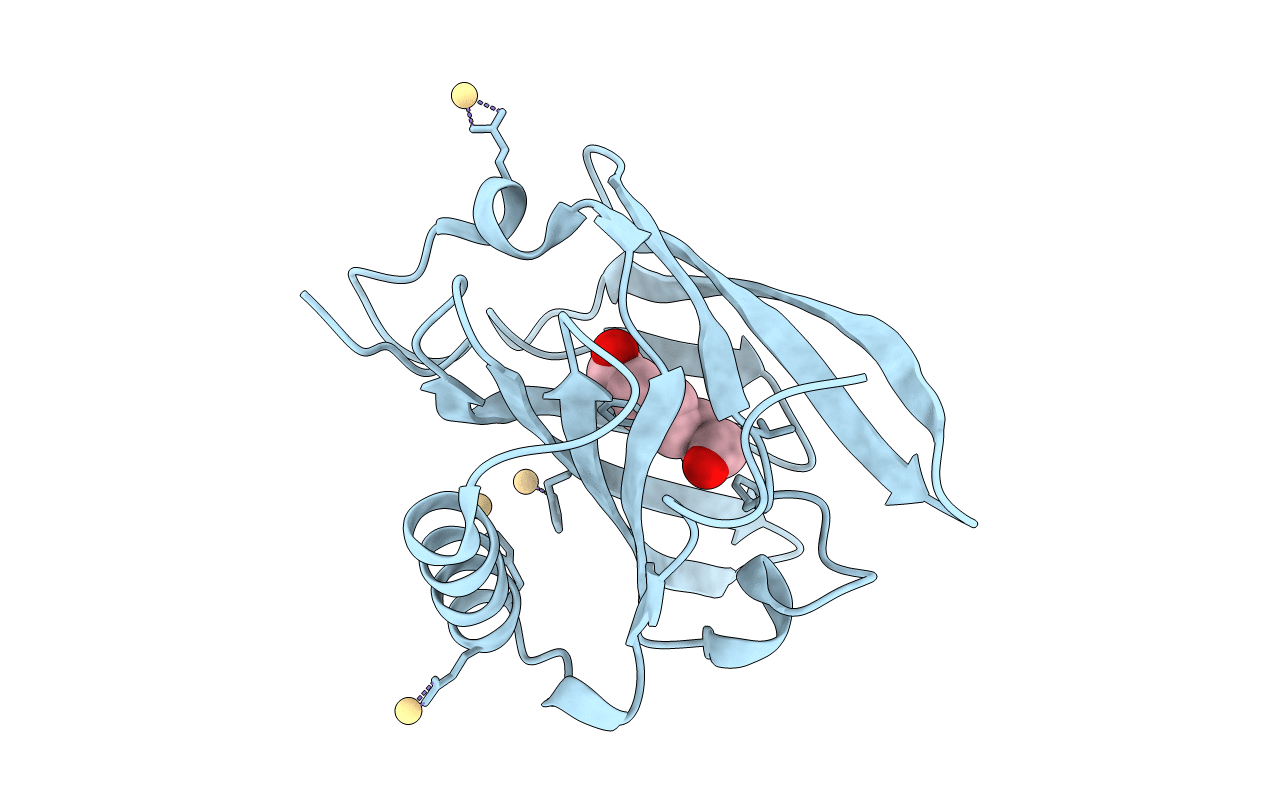
Deposition Date
2006-04-20
Release Date
2006-10-17
Last Version Date
2024-10-23
Entry Detail
PDB ID:
2DM5
Keywords:
Title:
Thermodynamic Penalty Arising From Burial of a Ligand Polar Group Within a Hydrophobic Pocket of a Protein Receptor
Biological Source:
Source Organism:
Mus musculus (Taxon ID: 10090)
Host Organism:
Method Details:
Experimental Method:
Resolution:
1.70 Å
R-Value Free:
0.2
R-Value Work:
0.19
R-Value Observed:
0.19
Space Group:
P 43 21 2


